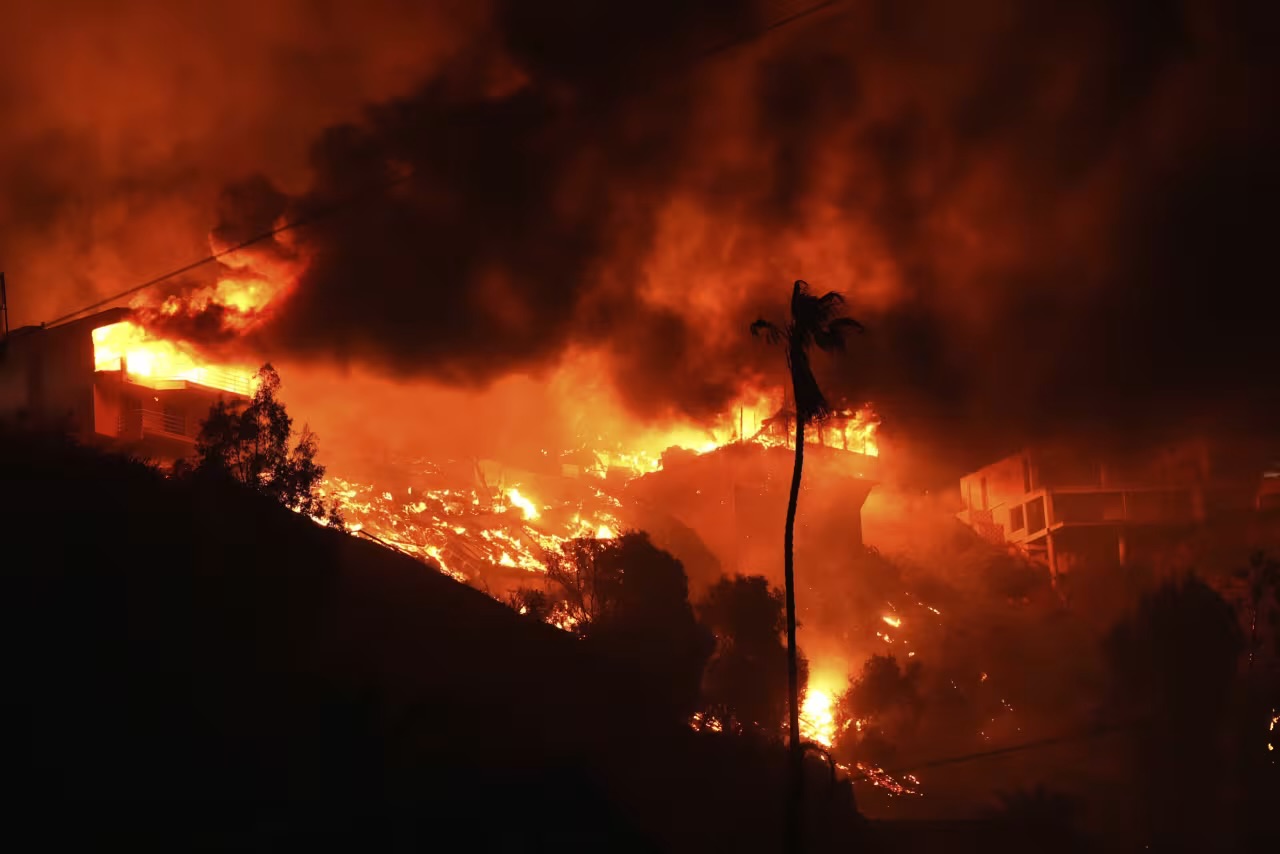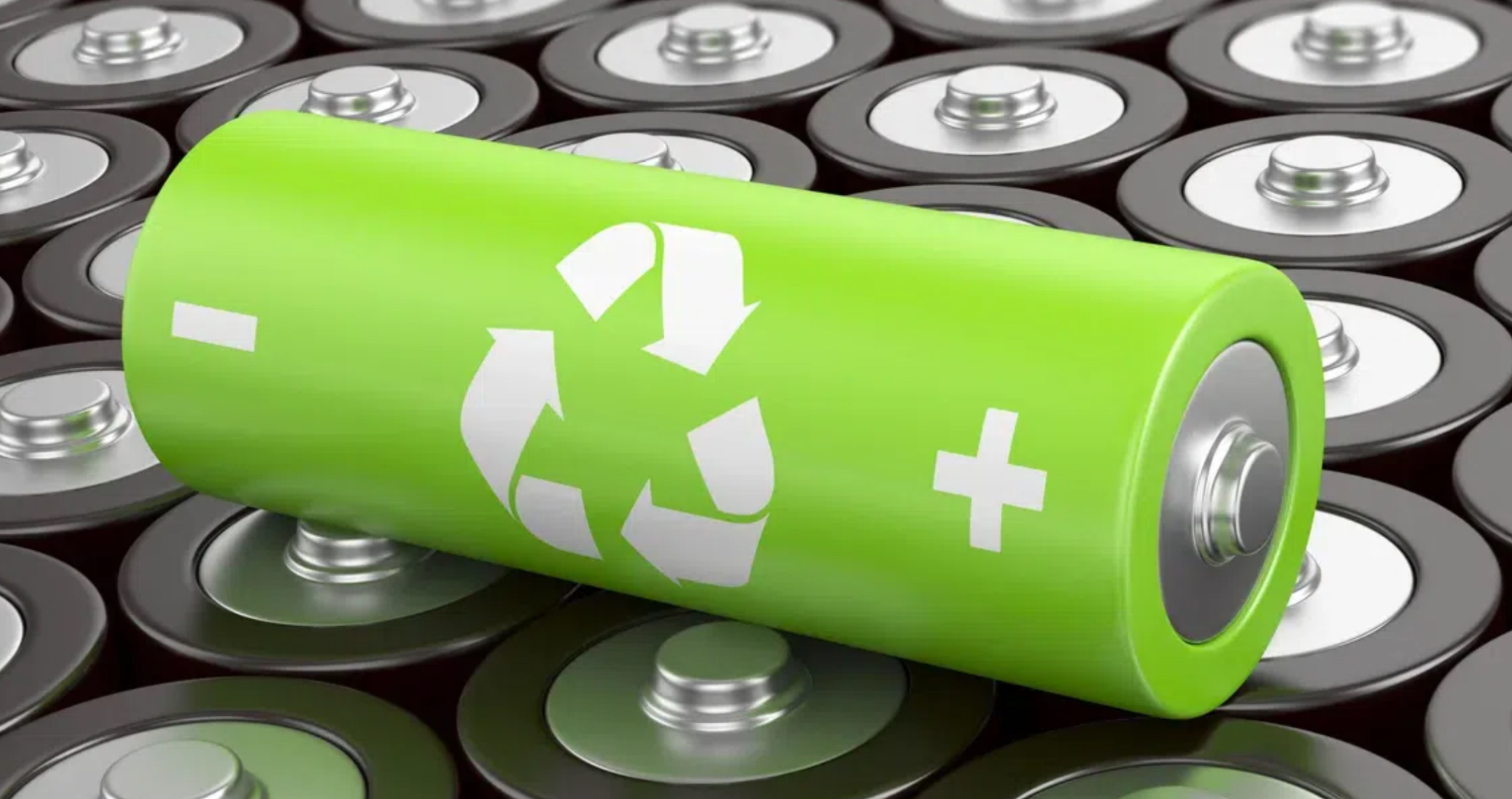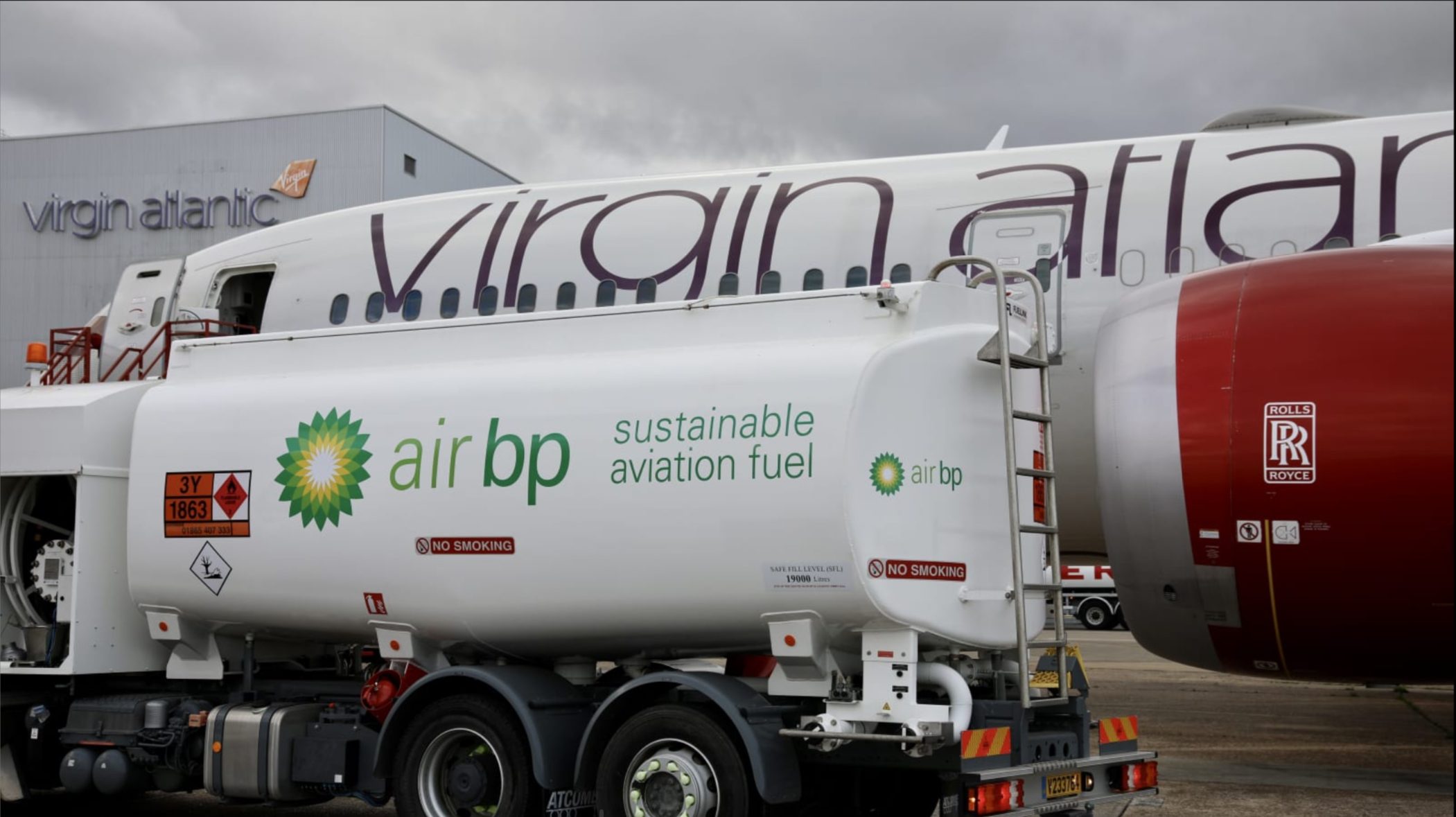By Jamila Talishli, Year 12.
The latest January 2025 wildfires that spread across Los Angeles have turned into a sudden wake-up call of the urgent need to act against the growing threat of climate change. These fires, which began January 7th, have already burned over 16,000 hectares of land, destroyed more than 10,000 structures including houses, schools, hospitals and businesses, and have displaced over 130,000 residents. The fires have reduced entire communities to ashes, leaving residents uncertain about their future. The effects are severe, especially economically, with many people losing their jobs and having their businesses burnt to the ground. With the fires continuing to burn, the full impacts are still unfolding, leaving the entire region with the task of rebuilding their shattered lives.
Climate change has played an extremely significant role in creating the conditions leading to these devastating fires. Studies have proven that the fires in January 2025 were fed by the combined reasons for climate change, including record-high temperatures and dry conditions for January, strong and dry Santa Ana winds with gusts in excess of 100 miles per hour, and low soil and vegetation moisture from the prolonged drought. These conditions created the optimal conditions to initiate fire at incredible speeds.
These fires have not only had devastating social and economic effects, but also have released massive amounts of carbon dioxide and air pollutants into the atmosphere, further contributing to the very climate change conditions that made these fires so likely. This has the dangerous potential of turning into a cycle, and that is why sustainable practices to reduce climate change and fire risks become very important. The Copernicus Atmosphere Monitoring Service (CAMS), have reported a spike in PM2.5 concentrations at 184.1 µg/m³, which is around 37 times the annual World Health Organization guideline value, as well as other pollutants which are associated with wildfire smoke. Because air quality has plunged to hazardous levels in Los Angeles, this presents huge health risks for all residents
The long term effects are also devastating: the economic toll reaches beyond destroyed homes, also affecting local industries, small businesses, public budgets and housing costs. The ecological impact on south California ecosystems is massive, especially with the increased frequency of these kinds of disasters. The after-effects of these fires will be felt for years to come, not to mention the psychological trauma experienced by those who have lost homes, memories and loved ones in this tragedy.
To any readers who want to support the Los Angeles wildfire relief effort, you can donate to some of reputable organizations that provide relief to the affected communities and support fire victims, like the American Red Cross Wildfire Relief Fund and the California Fire Foundation. Even if you can’t donate, just spreading awareness of these organizations can make a huge difference in supporting the communities which are victims to these unprecedented wildfires.
The January 2025 Los Angeles wildfires are a critical reminder of the increasing need to address climate change and adopt more sustainable practices. As we face an era, named the “Pyrocene Era”, where human-induced climate change is causing fire activity on Earth, we must learn from this disaster to implement sustainable strategies. The road to recovery for the victims of the fires will be long and challenging, but by working together we can promote a future where communities are better prepared and more resilient in the face of wildfire risks.



